As every year, with the arrival of new operating systems from Apple, there are countless opinions of individual users about features, system speed and battery life. Some owners of iPhones or iPads will see an improvement in battery life, while others, on the other hand, will experience a significant deterioration, which of course is not something that any of us would like. In this article, the second mentioned group will learn how they can achieve the best battery life of their Apple phone or tablet with the new system. Let's get straight to the point.
It could be interest you

Patience brings roses
Every time you update your system to the latest version, your iOS device downloads data in the background and performs various operations after startup, so the system has to stabilize, which takes some time. So it's very likely that if you feel a difference in staying power for the first few hours, or even days, it's probably only a temporary problem and your staying power will improve over time. However, if you have a new system installed on your device for a long time and you have not noticed the change, continue reading the article.
iOS 14:
Check your app usage
Some apps, both native and third-party, can update their content in the background without your knowledge, and of course this has a negative impact on battery life. However, you can check how much battery percentage each app is using relatively easily by moving to Settings, click here to open the section Battery. Then get off here below to the section Application usage. You can view a summary of the most recent ones 24 hours or 10 days and clearly read from it which application burdens the battery the most.
Deactivation of functions for individual applications
In the above-mentioned paragraph, you could find out whether the applications take percentages from the battery in the background or on the screen. If it's in the background, just deactivate or at least limit their functions. Try turning it off first background app updates, by opening Settings, you click further In general and then Background updates. You can either disable completely or for each application separately. This will ensure that these apps don't download data until you open them. Some apps also drain your battery by constantly tracking your location. This is, for example, needed in navigation or training applications, but they definitely do not need to know it all the time - unless it significantly limits the functionality of the given software. To deactivate, move to again Settings and click open Privacy, where to select Location services. Here you can already for individual applications enable only when in use or permanently off.
Turn off background updates
In addition to system updates, there are of course third-party apps being developed that you can update in the App Store. However, some users have automatic updates active, which can sometimes make it easier to use, but on the other hand, it's not exactly nice for your battery, especially when you already have an older device. Click native again to deactivate Settings, then click on the icon App Store and in the section Automatic downloads deactivate switch Update applications. If you want, in the same setting too deactivate switch Application, from that point on, for example, third-party apps you downloaded on your iPad won't be automatically installed on your iPhone.
Turn off animations
Apple tries to add design elements to the system, which on the one hand are pleasing to the eye, but especially older devices can slow down and negatively affect their battery life per charge. To deactivate them, open Settings, click on Disclosure and in the section Movement deactivate switch Limit movement. Next, go back o Disclosure and click on the section Display and text size. Here activate switch Reduce transparency a Higher contrast. From now on, the system will run noticeably smoother, and the battery life will also increase.

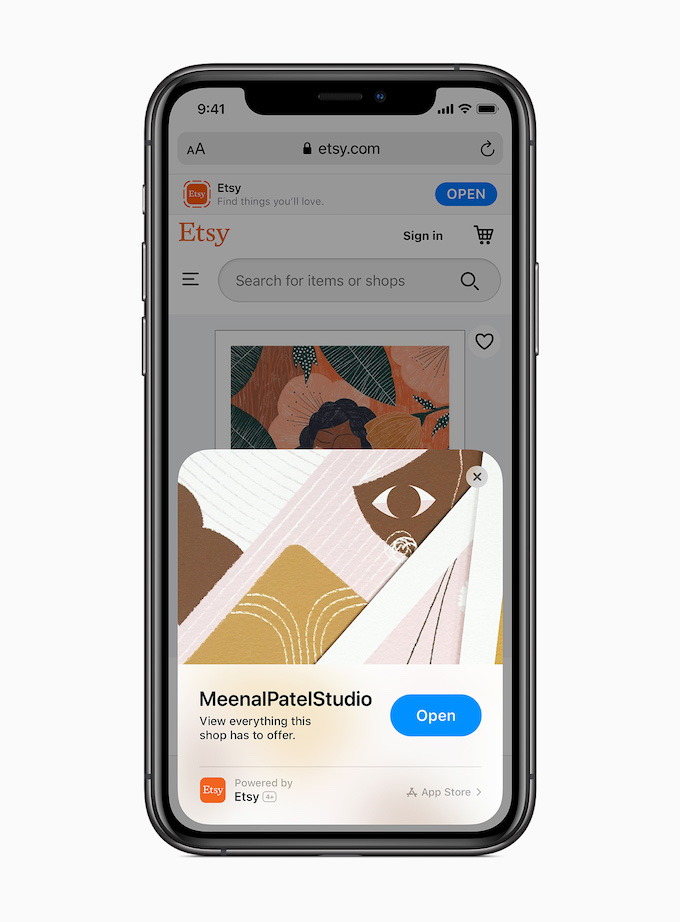
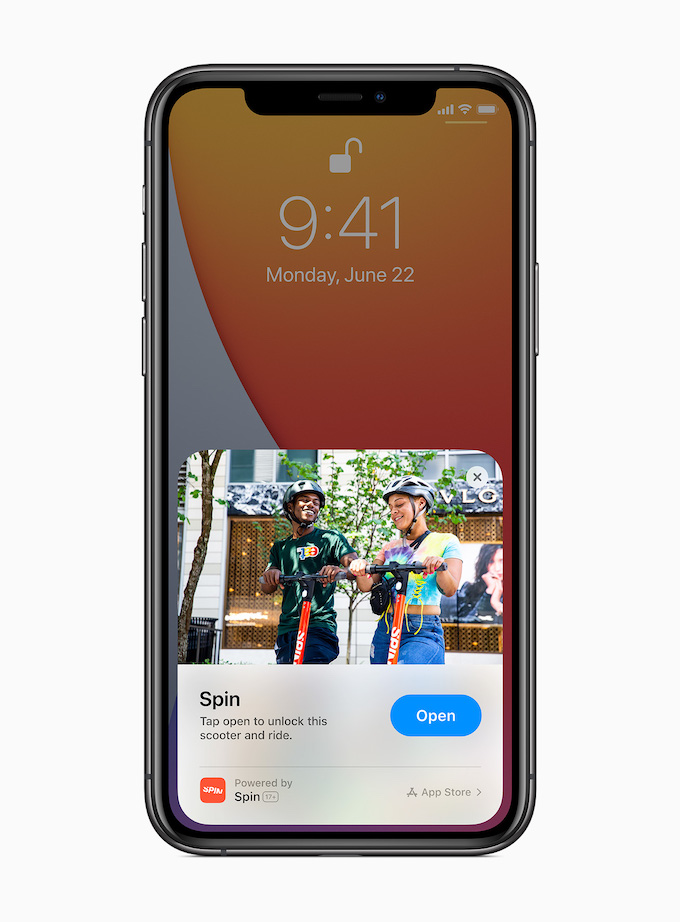
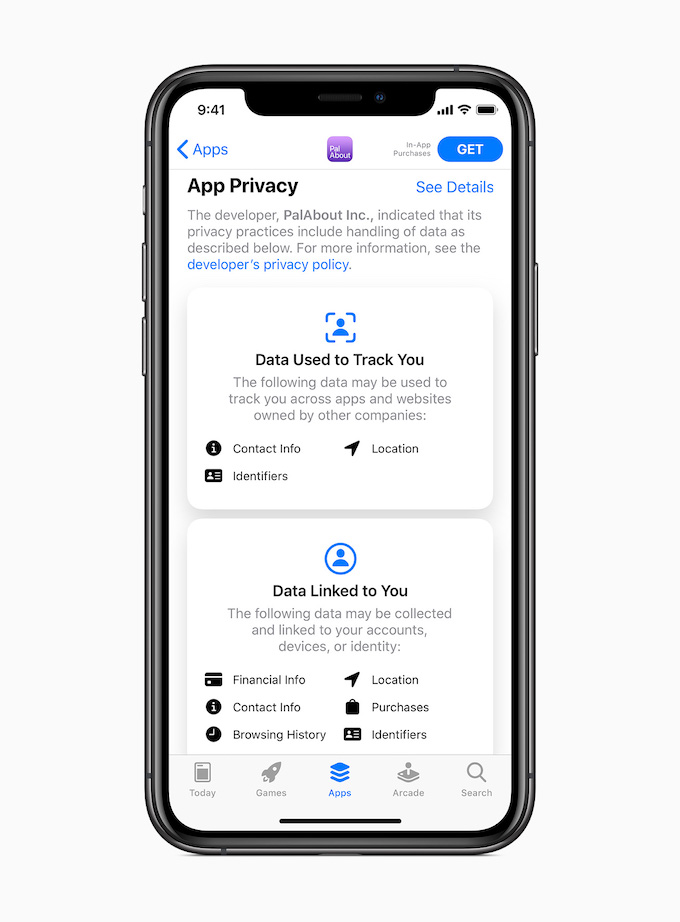
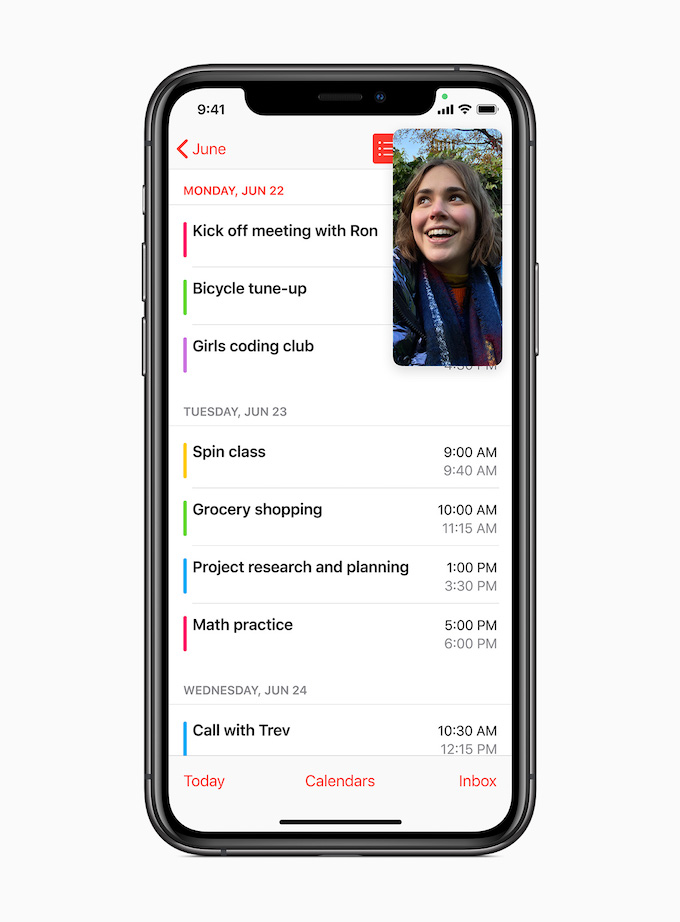
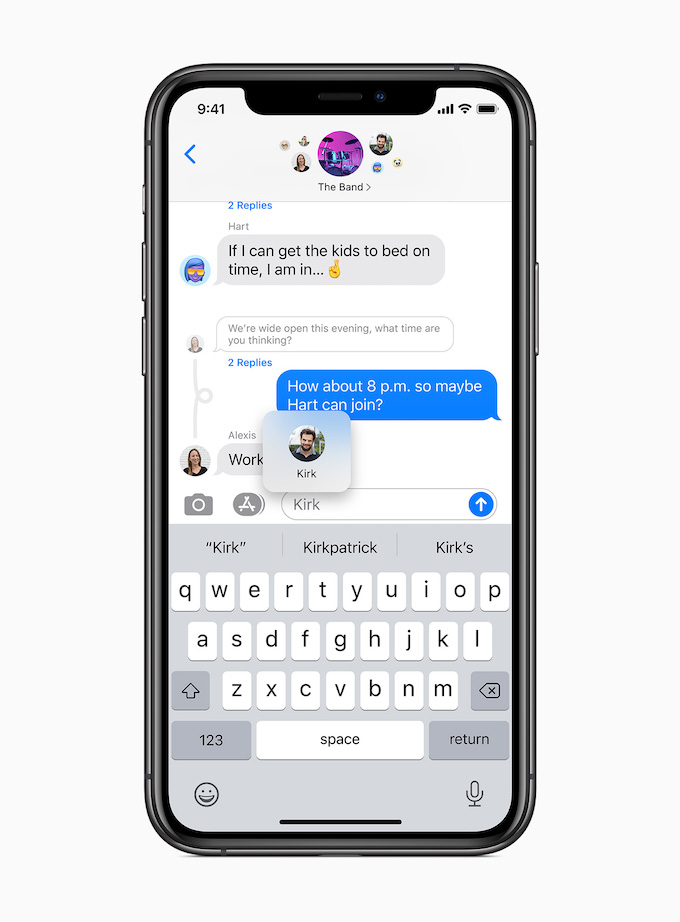
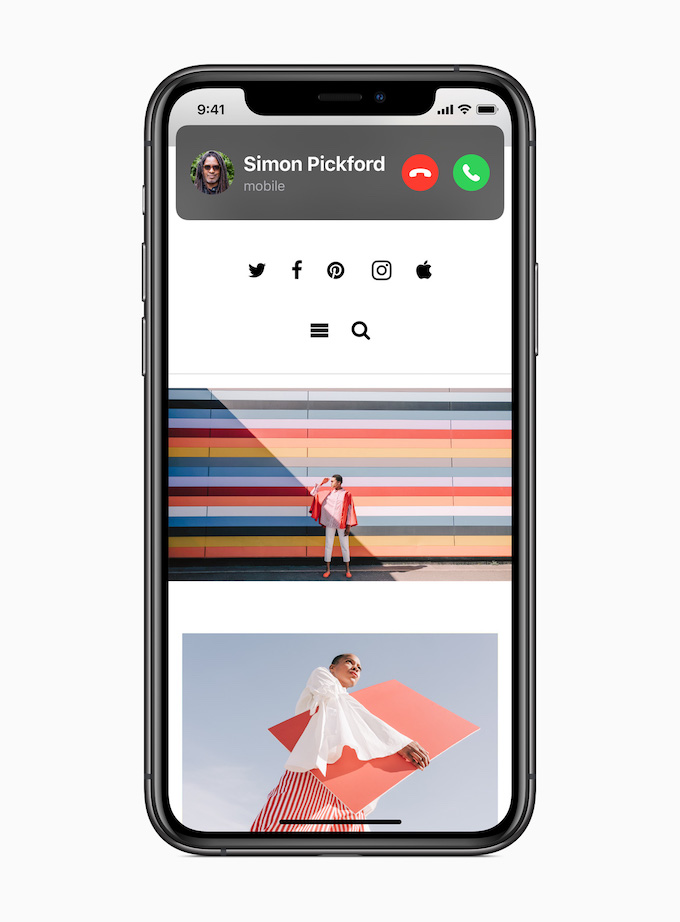
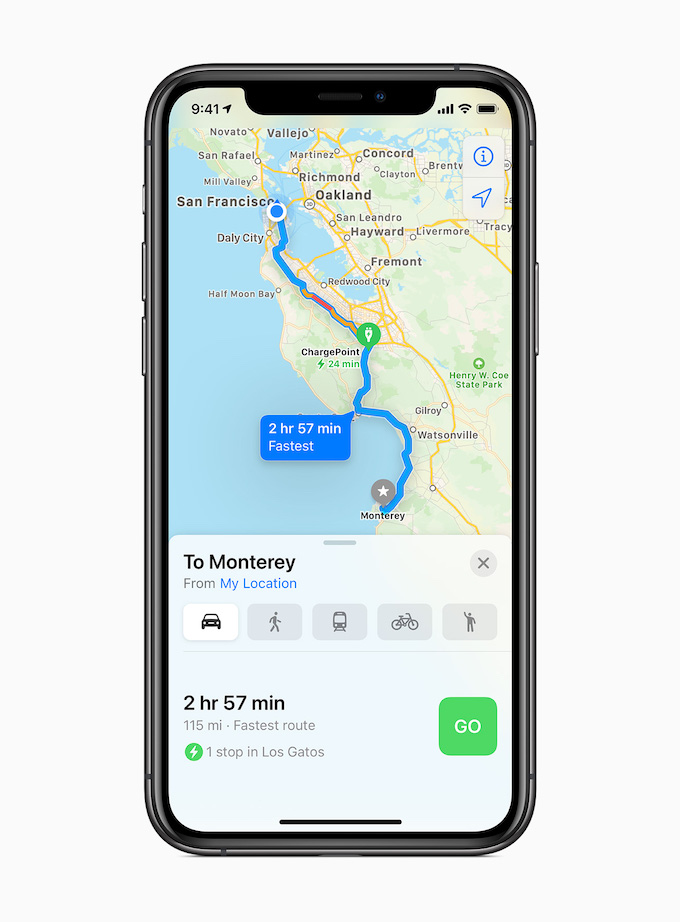
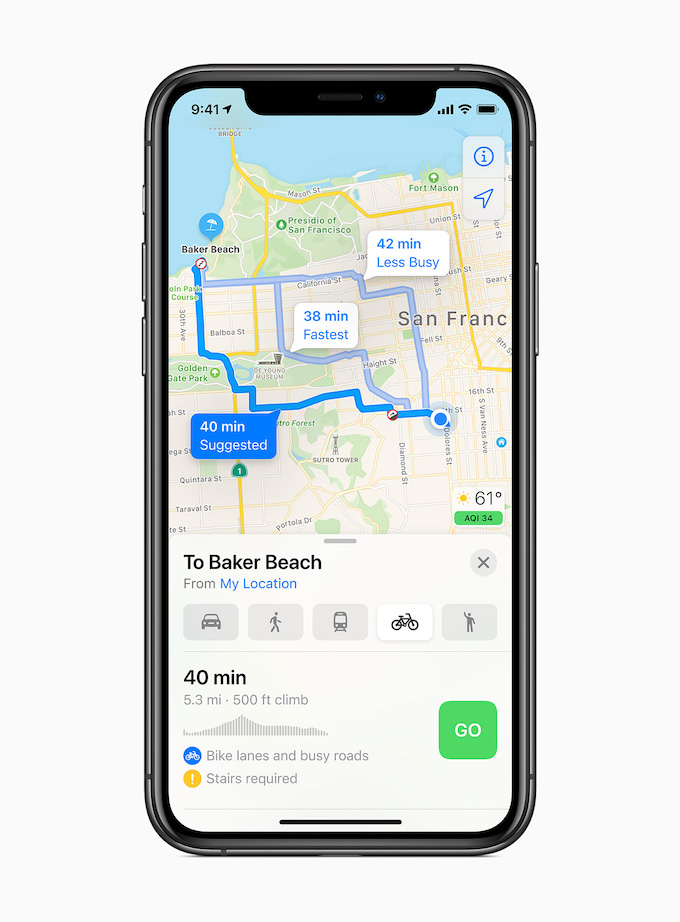
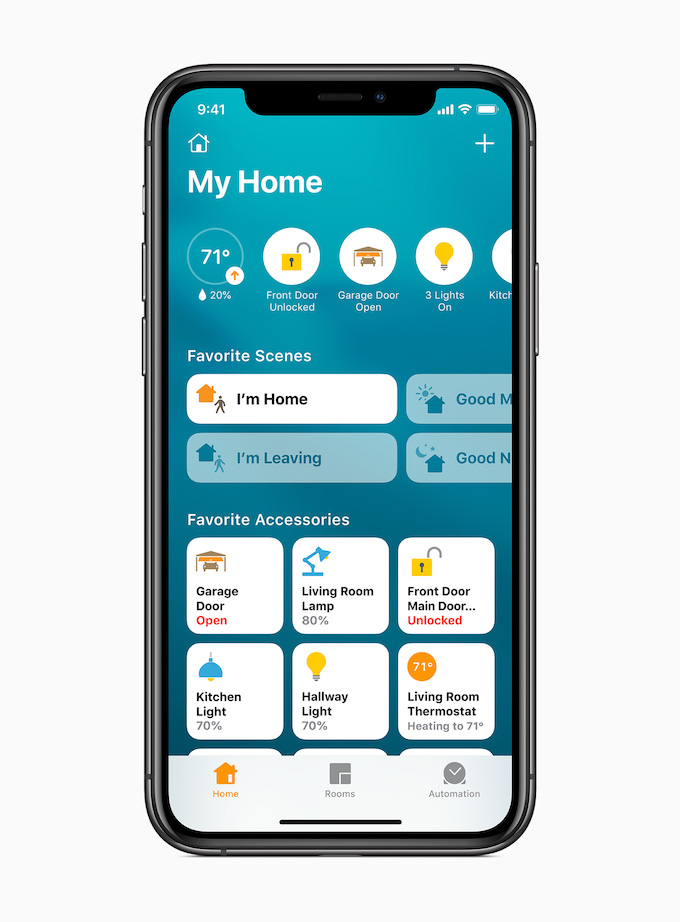
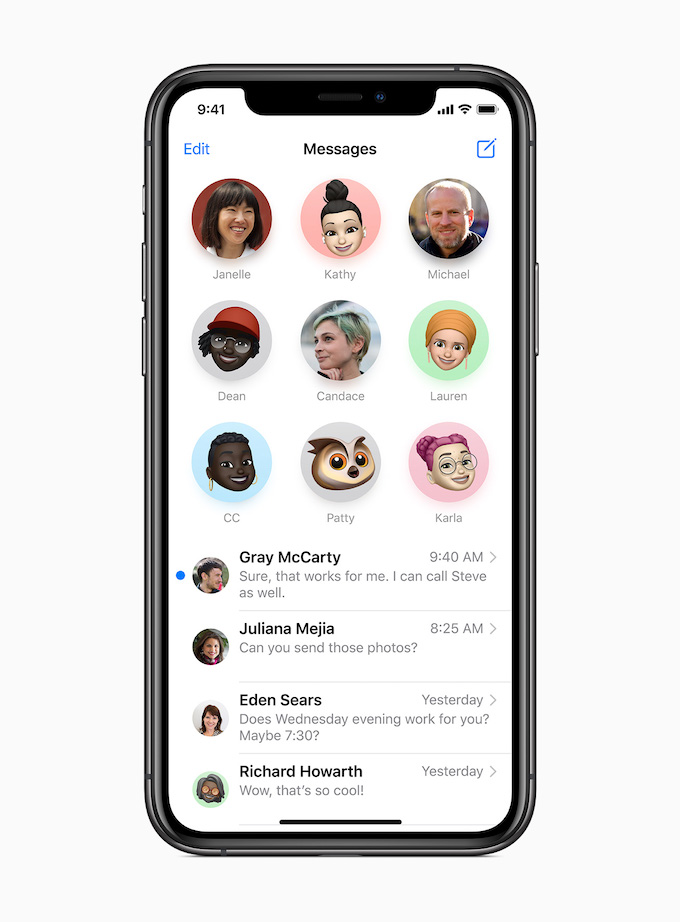

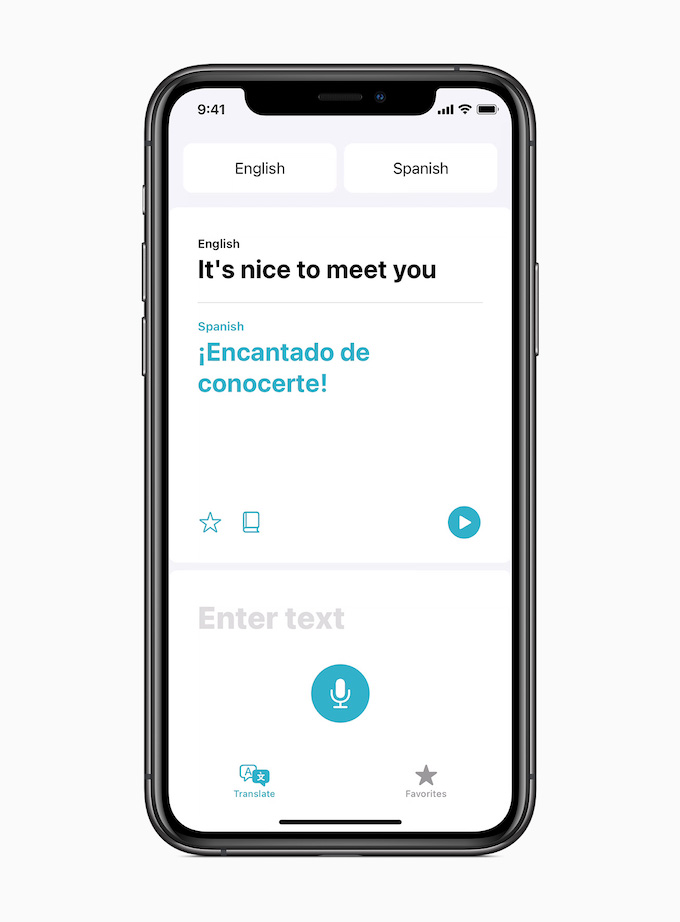

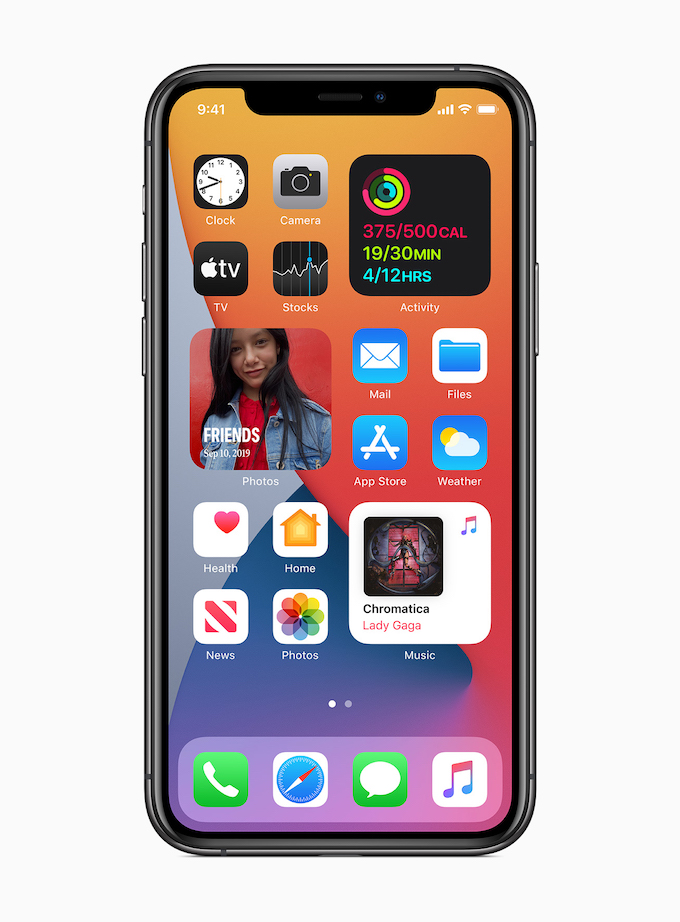
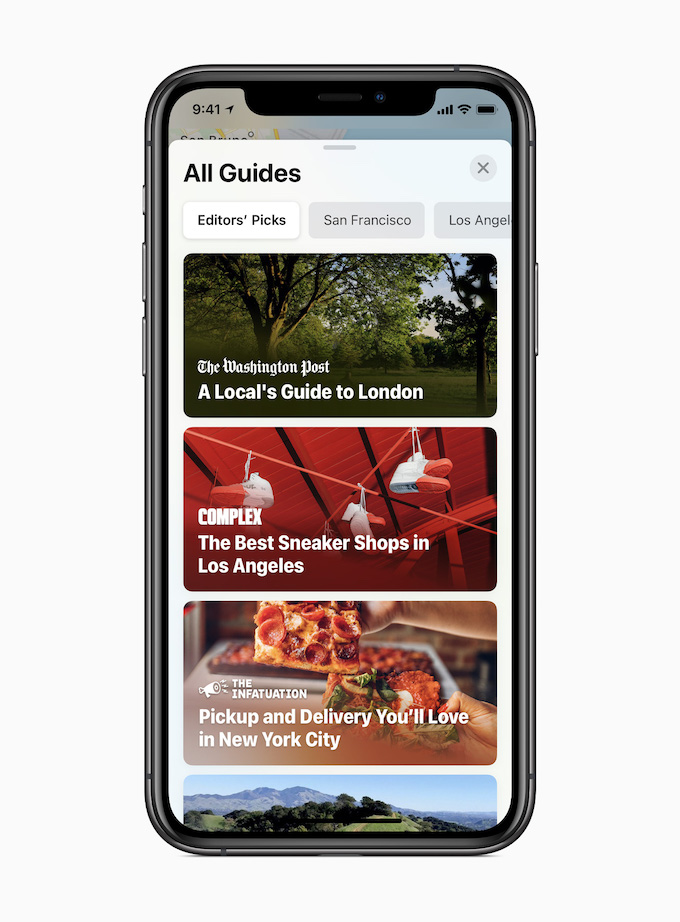
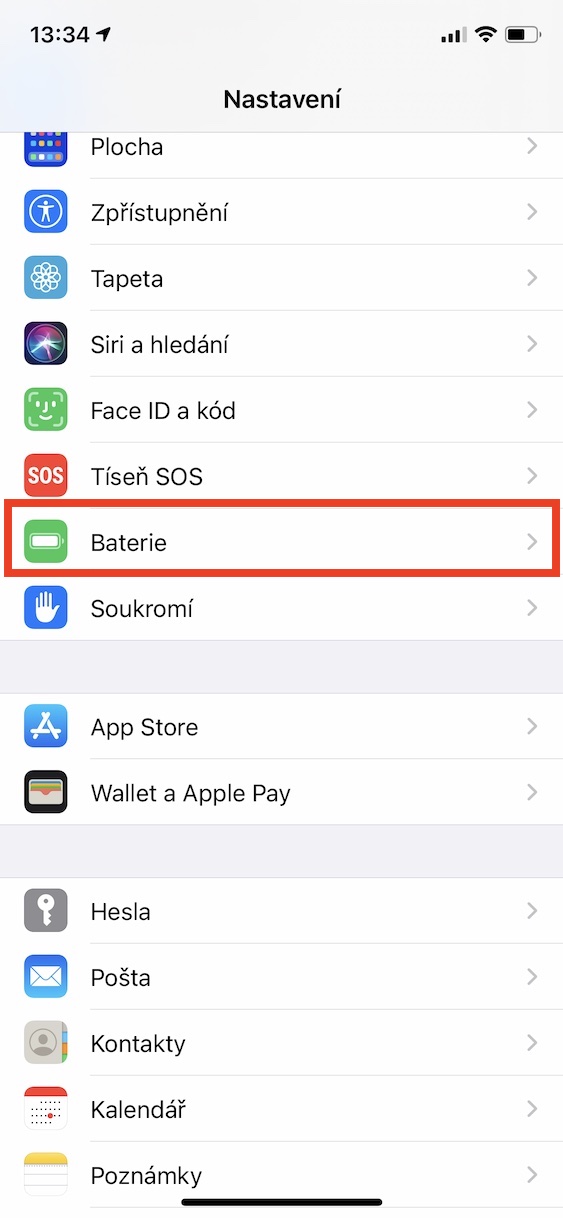
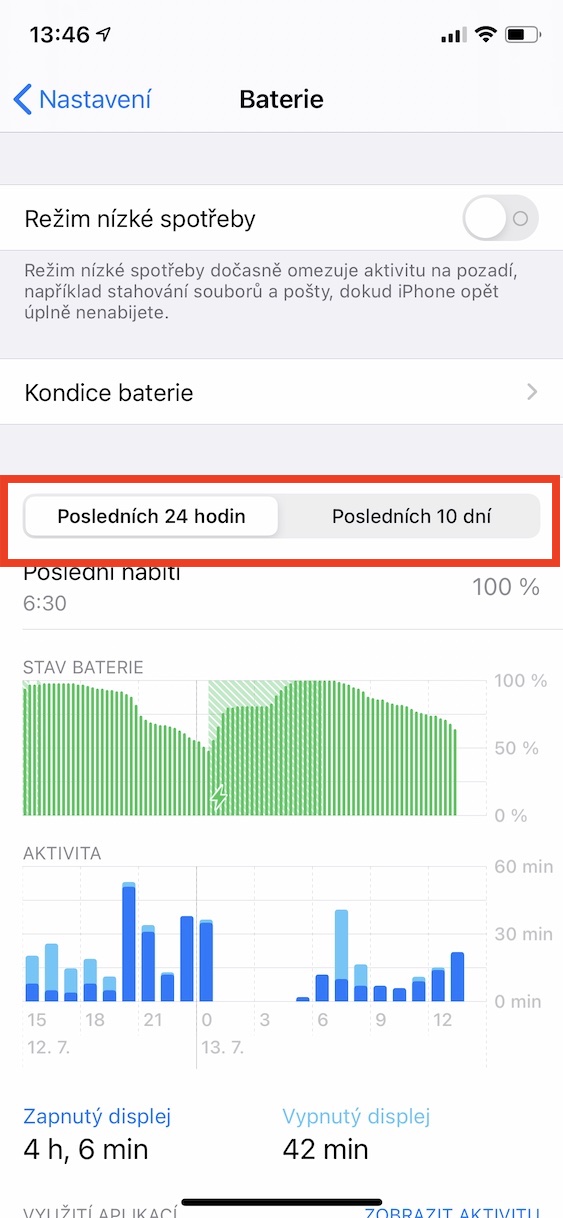


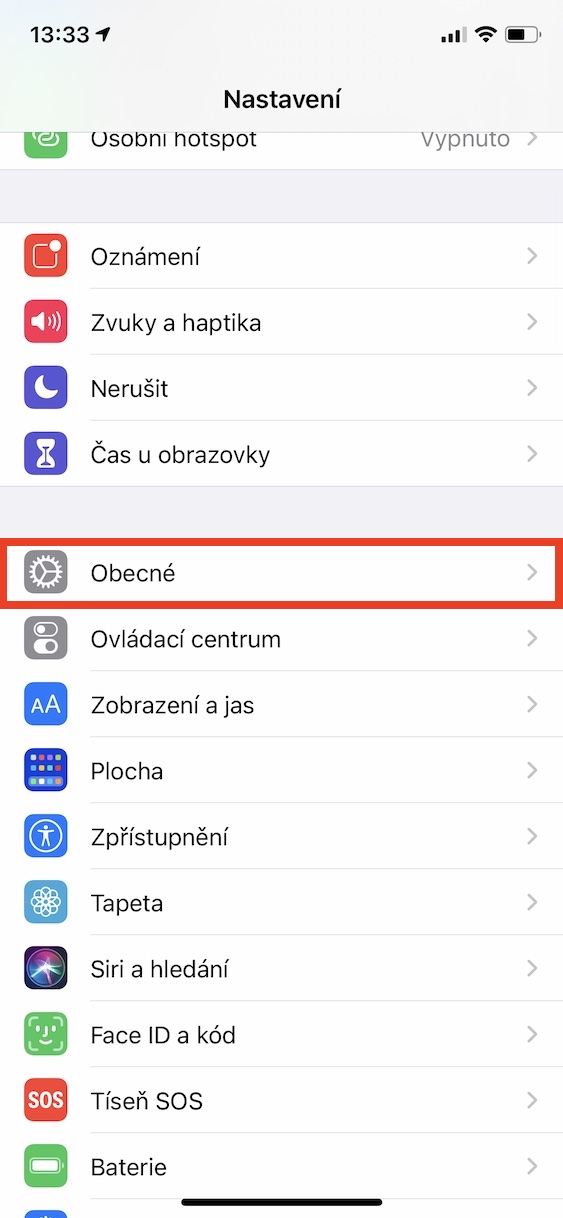
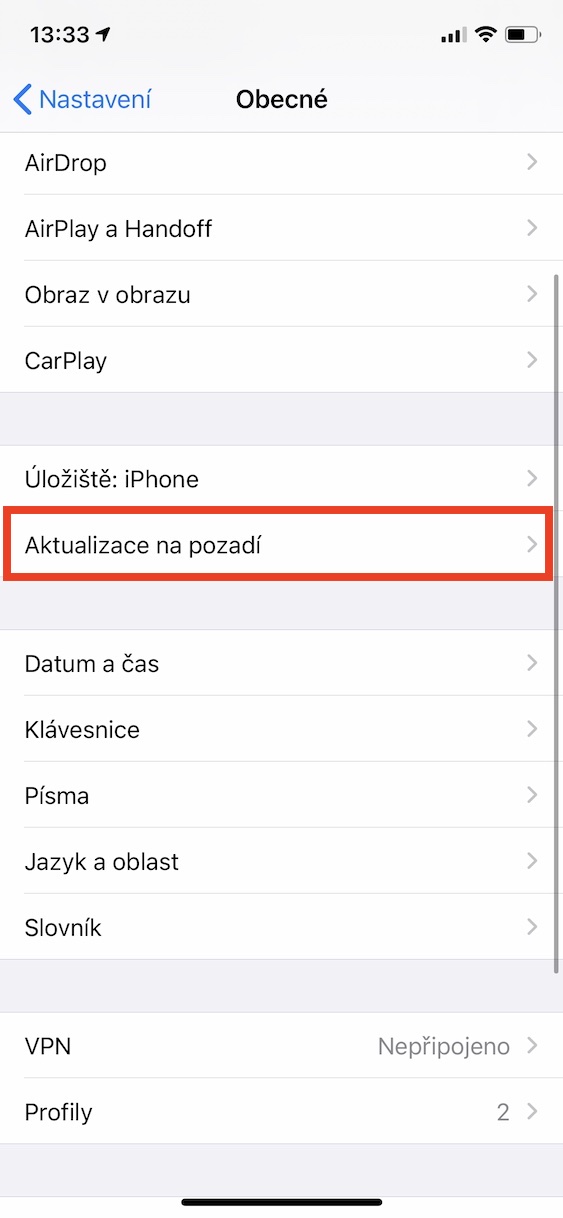

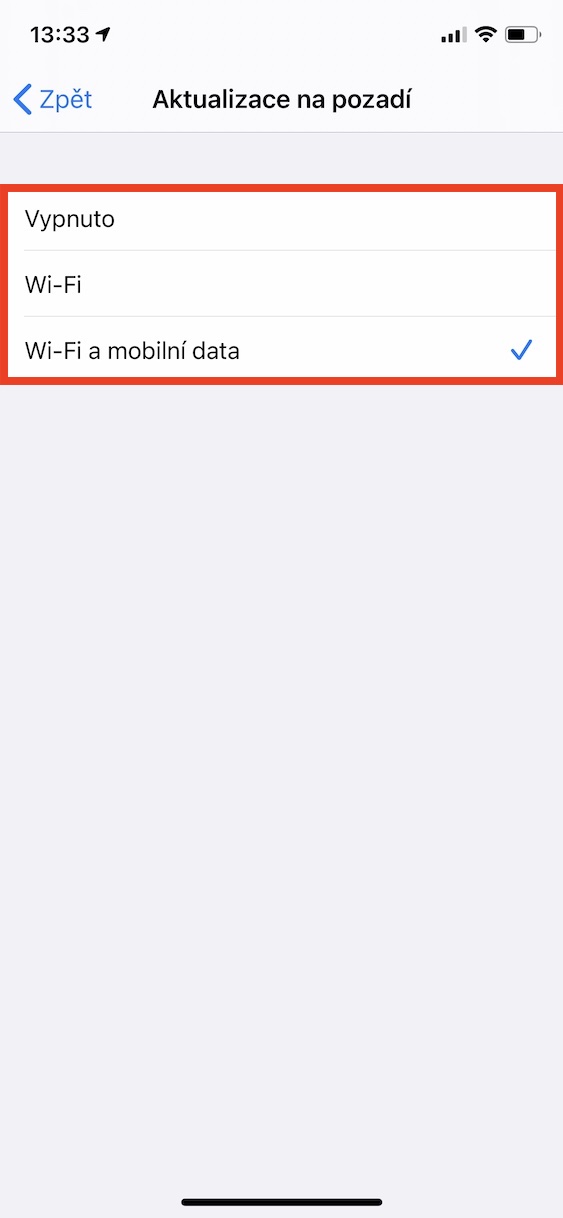
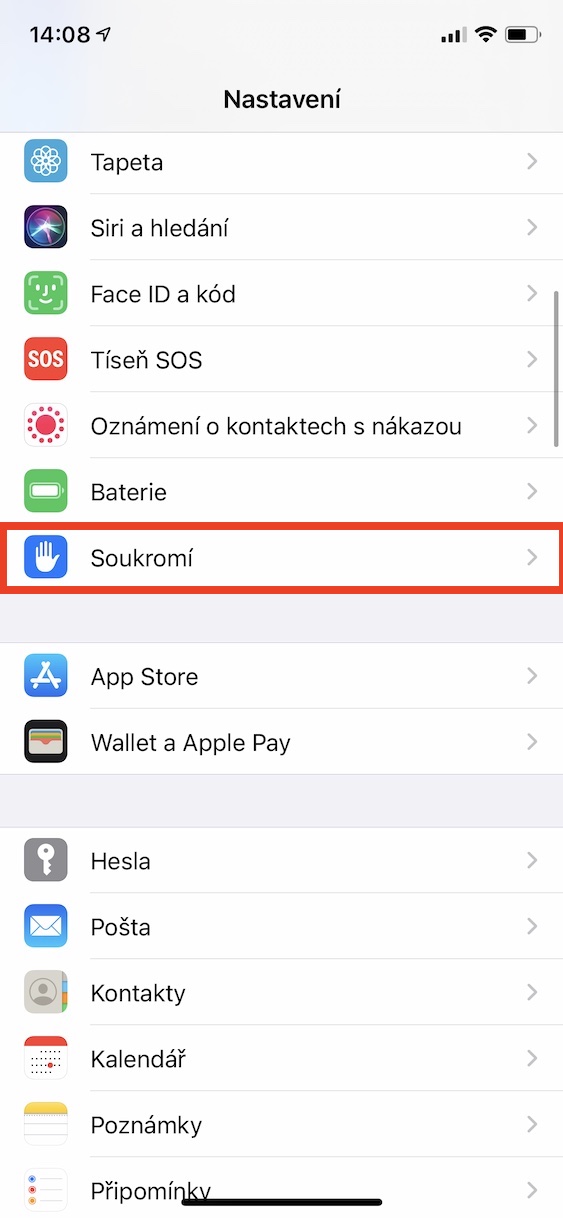

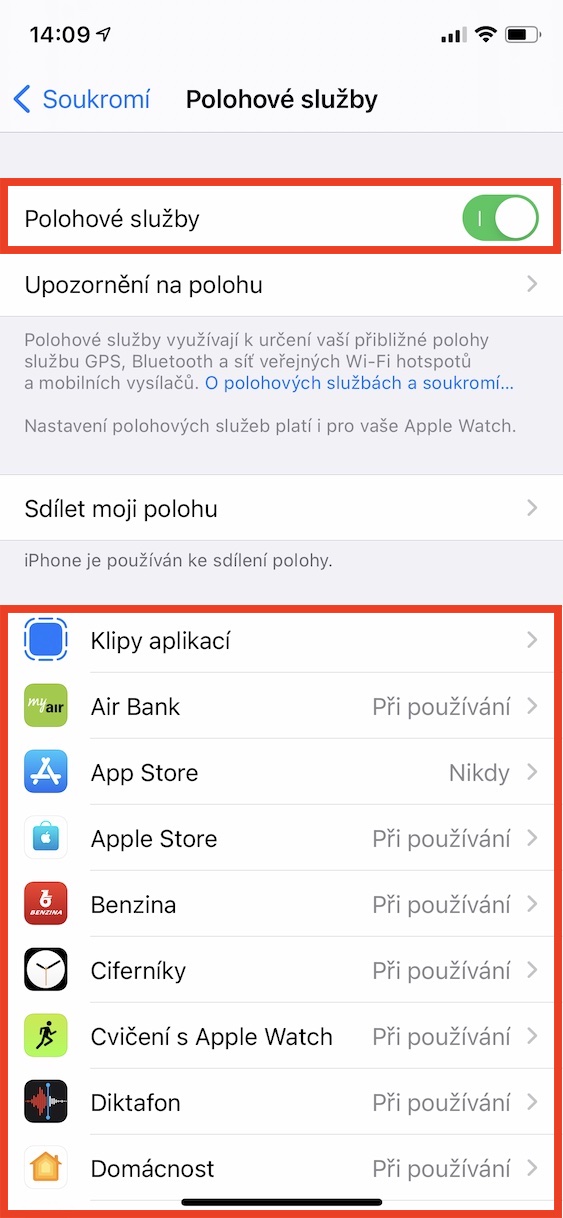
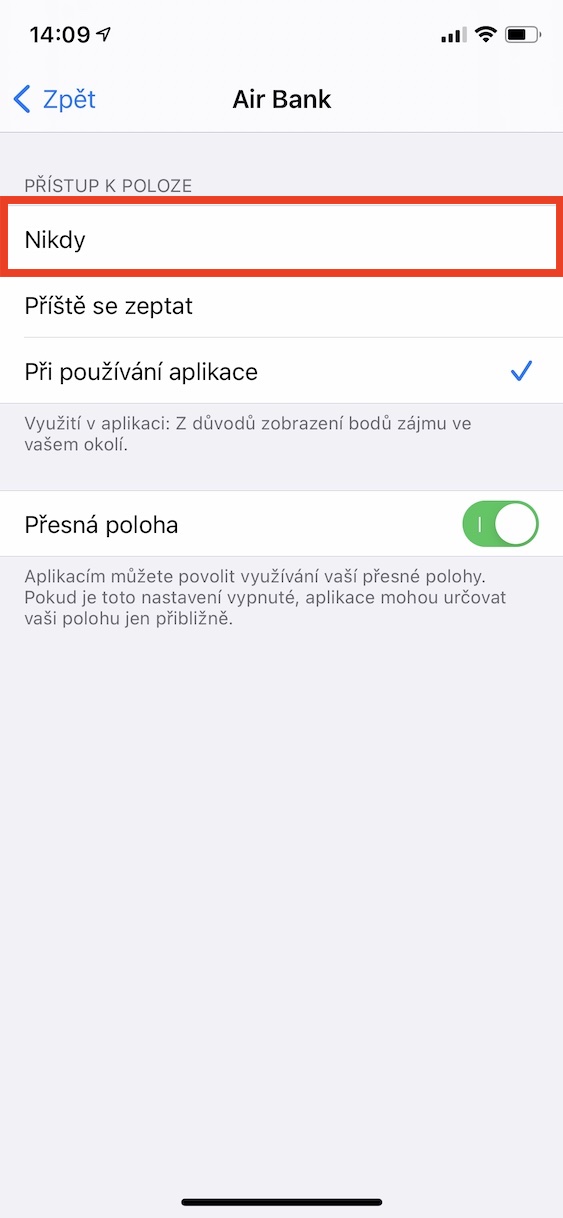
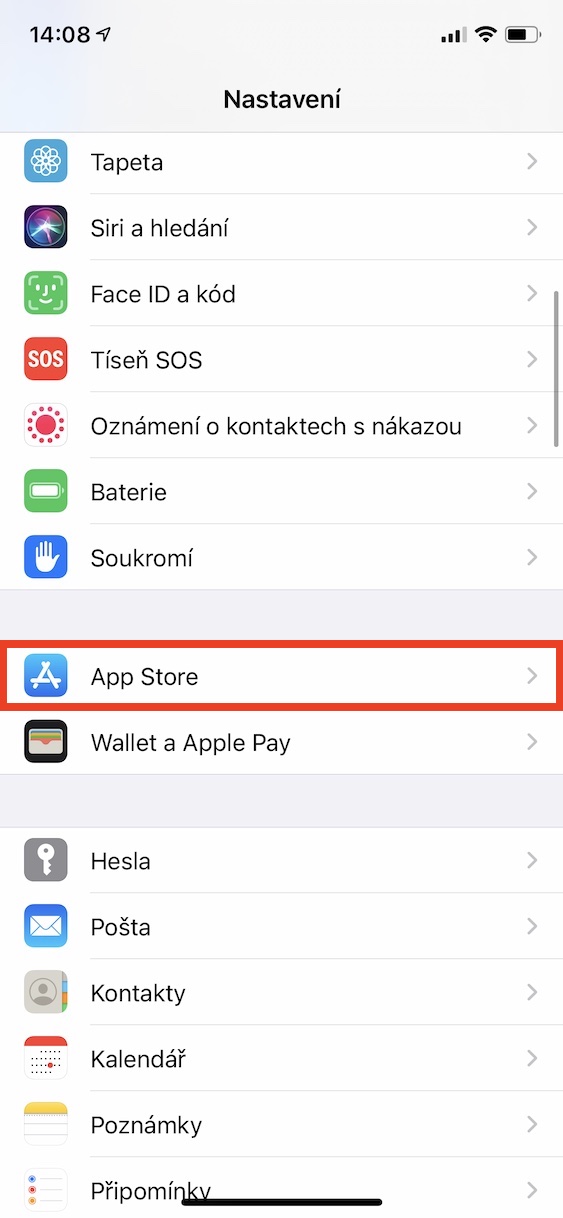
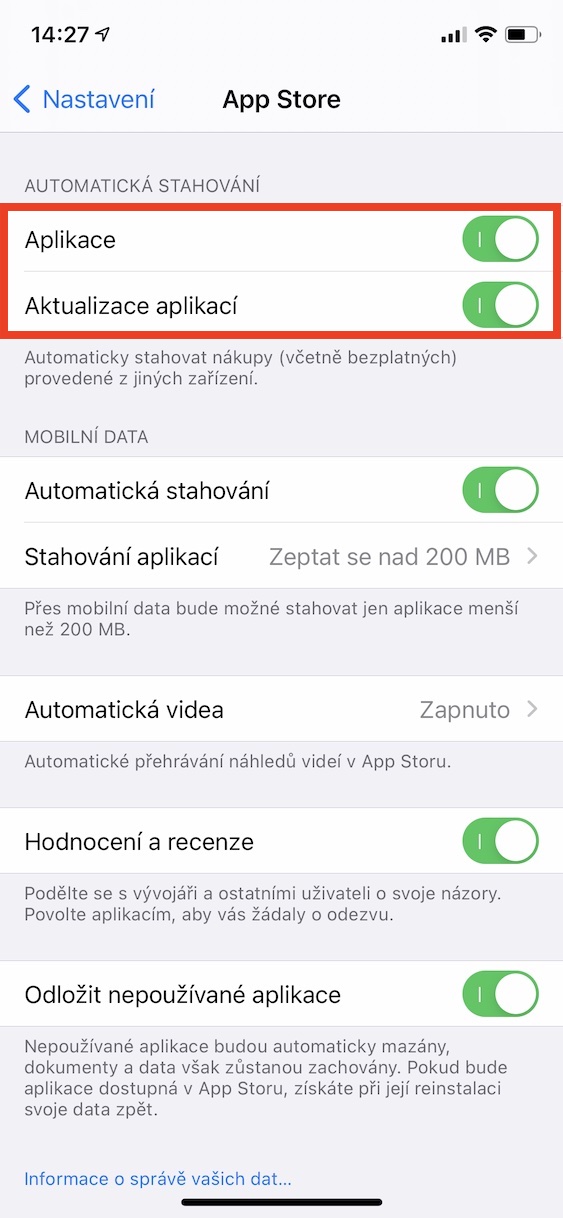
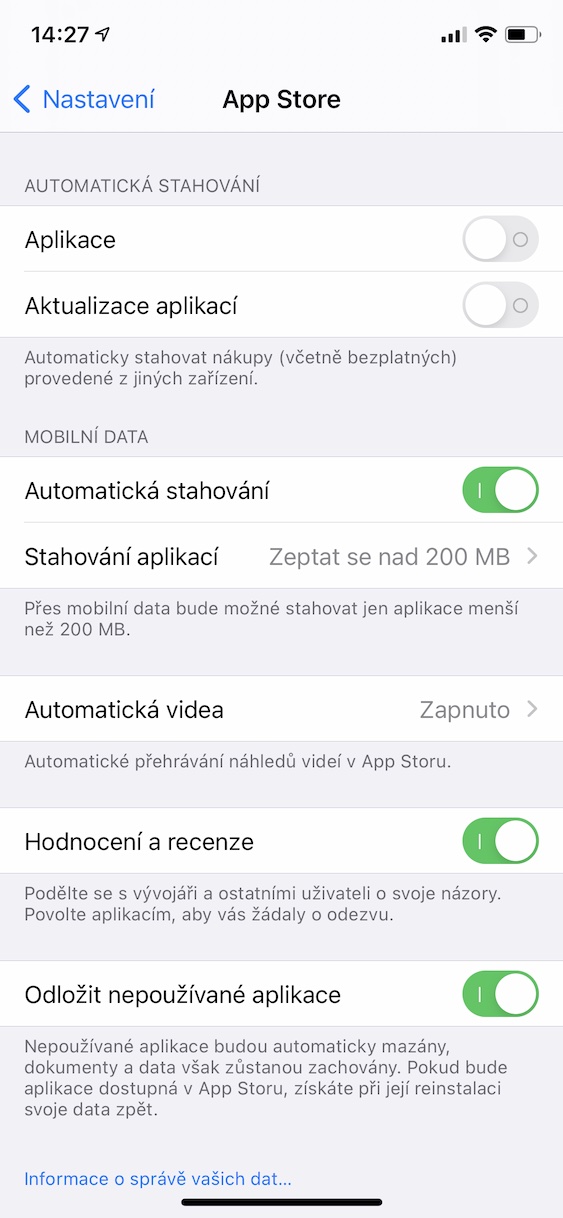
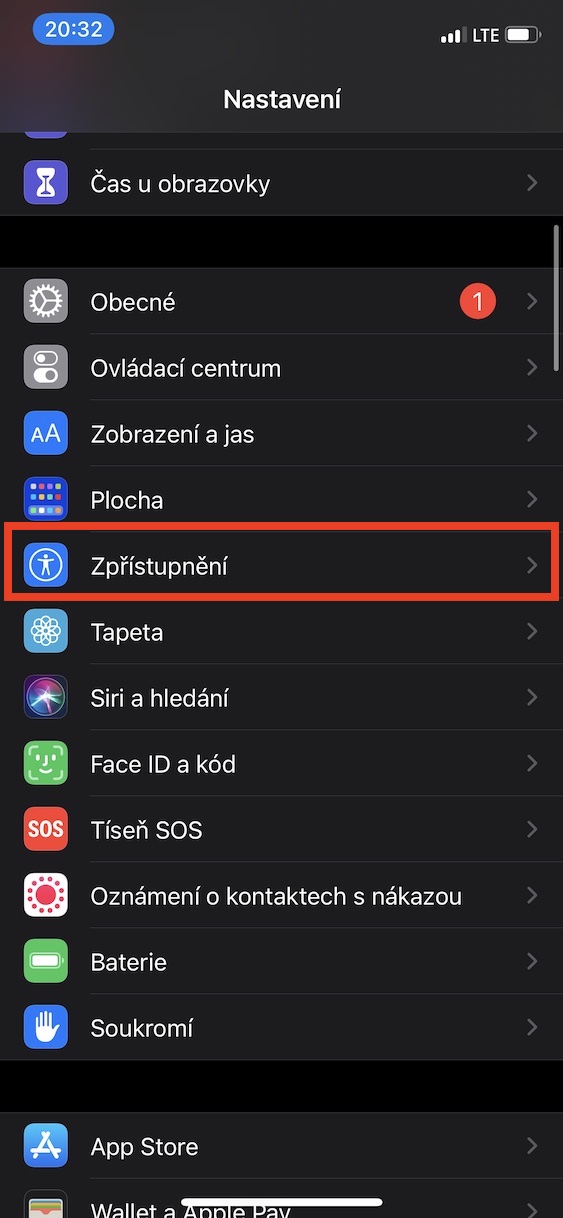

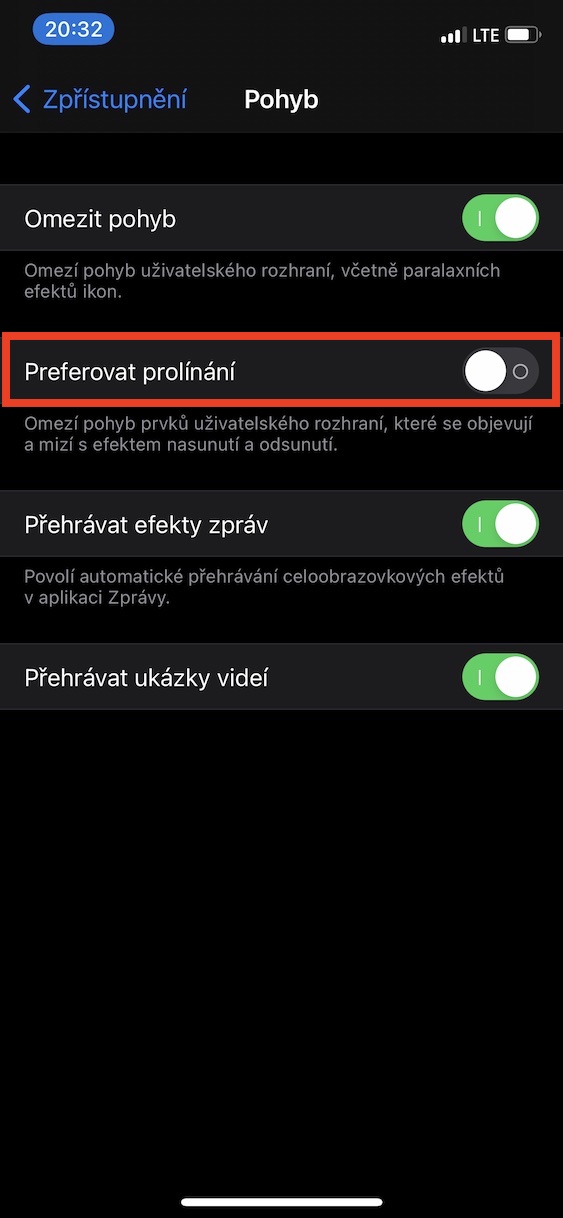
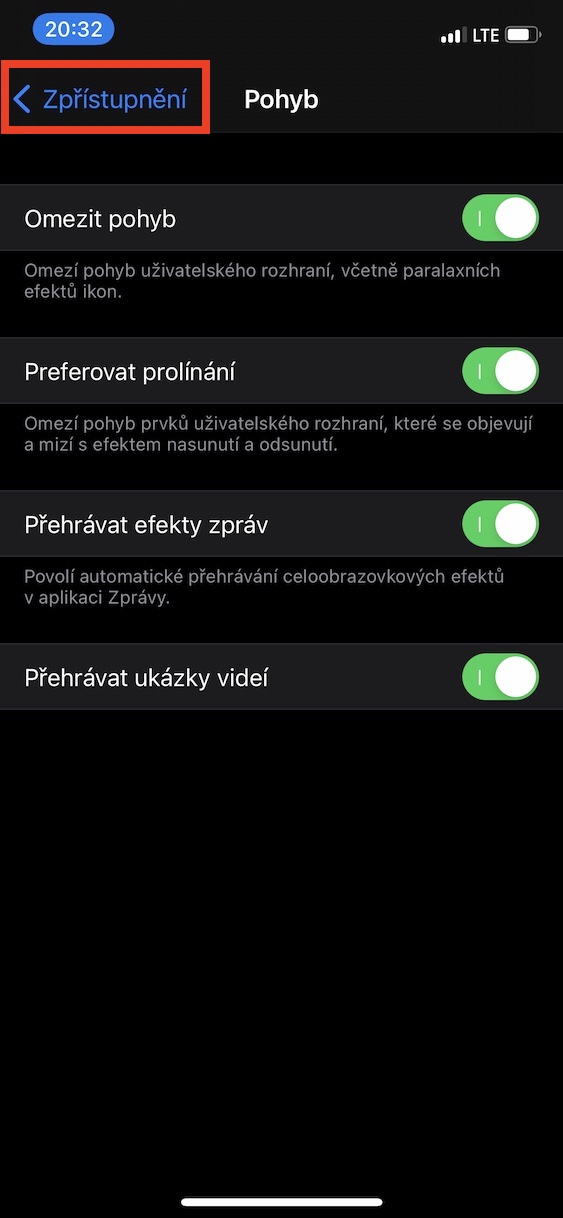
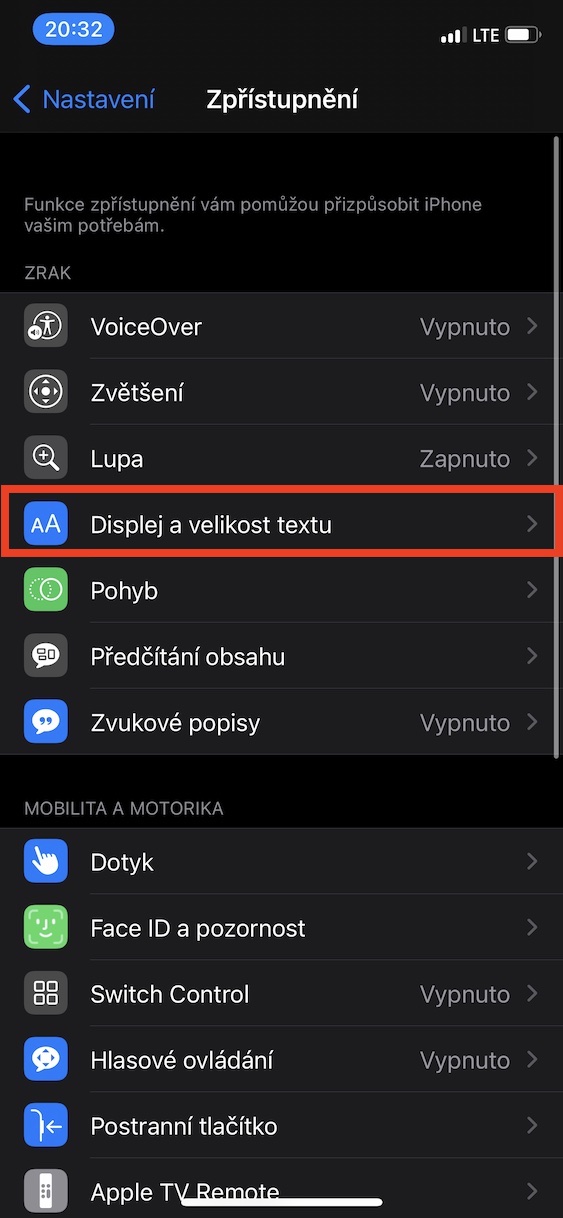
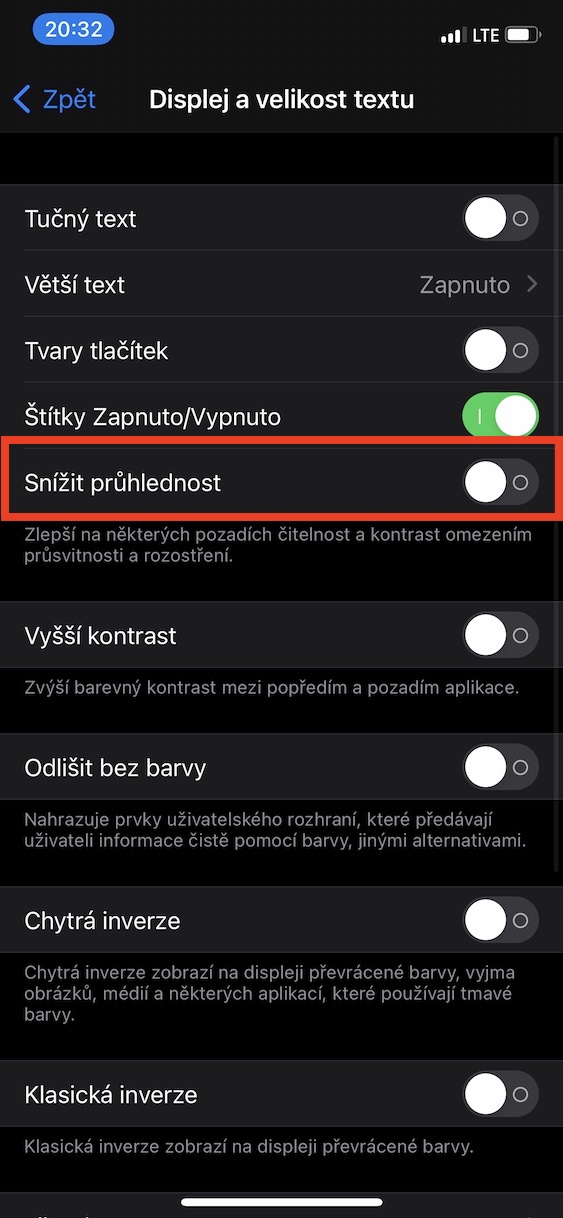
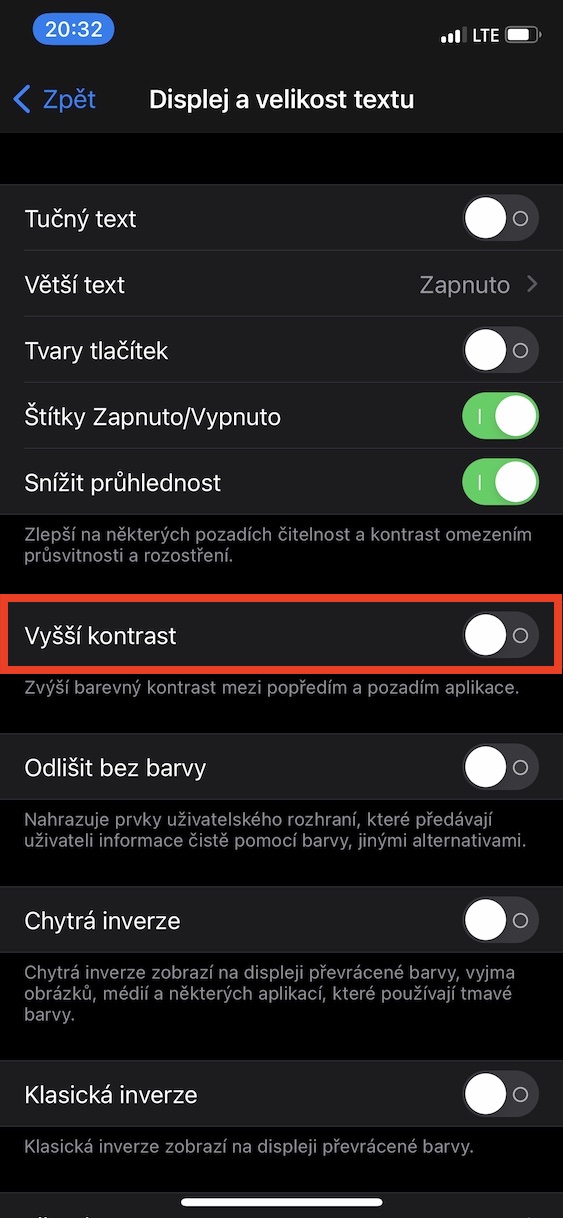
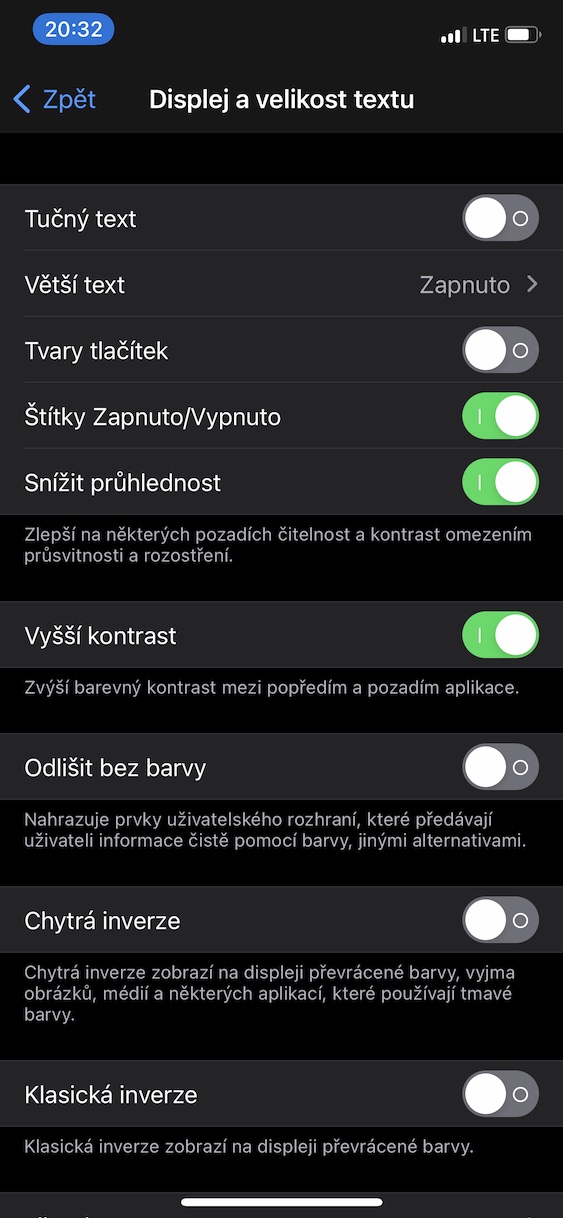
Hello, I'm sorry, I somehow don't understand about settings / access / movement - to limit movement, you write about deactivating the buttons, but you activate them in the animation...
Luckily (knock knock) I belong to the first group. With the iP8, after installing 14k, my battery life improved noticeably (by almost half a day compared to 13,6) and I have no restrictions except that I don't turn on Wi-Fi at all because LTE is noticeably faster; ) maybe only when I share data in the car and that means more consumption, but that has to be taken into account. So for me 14 is good...(14,1 already)
I updated it today, and the battery at 80% can't even last a 30-minute call. Most likely, the mobile phone will overheat